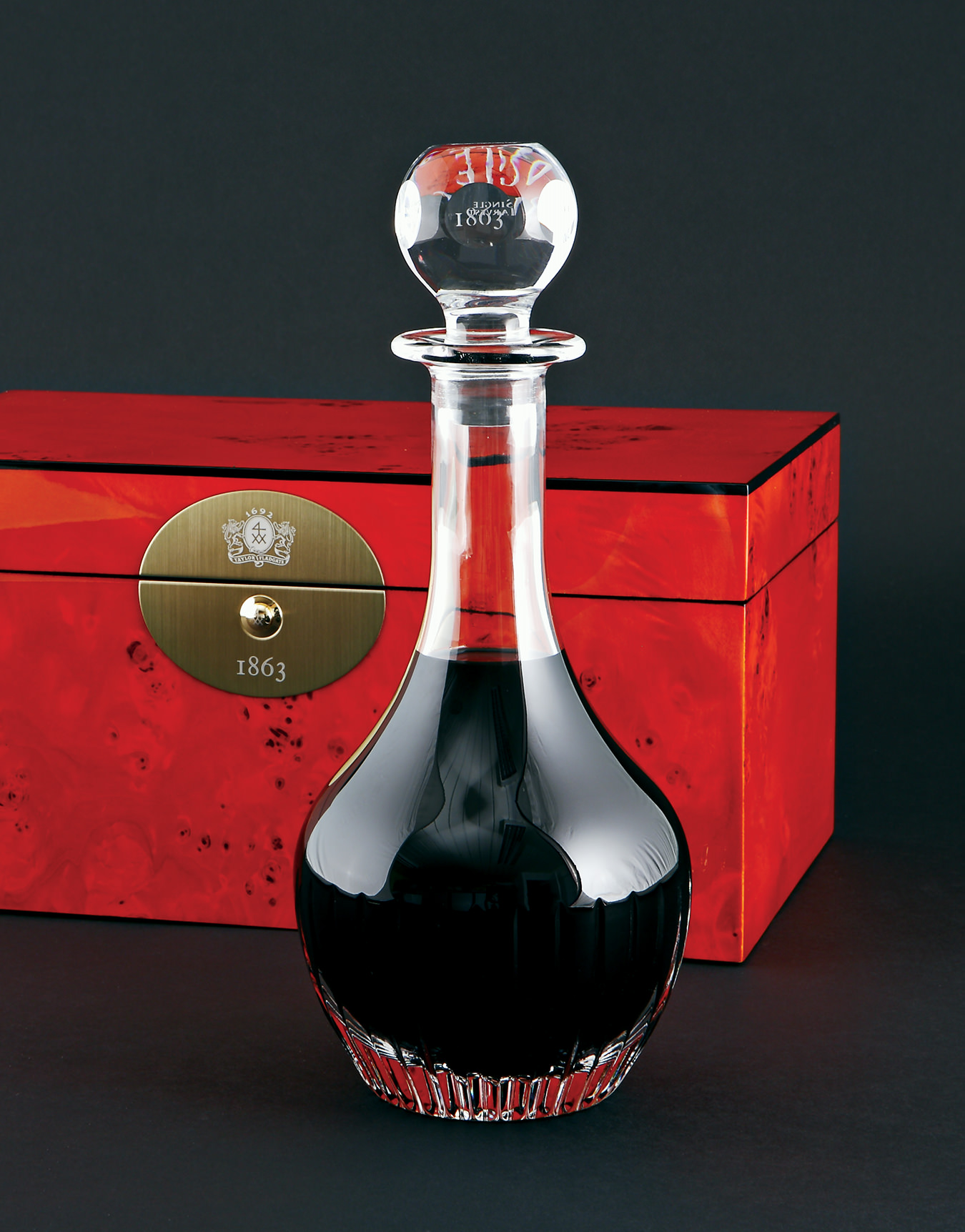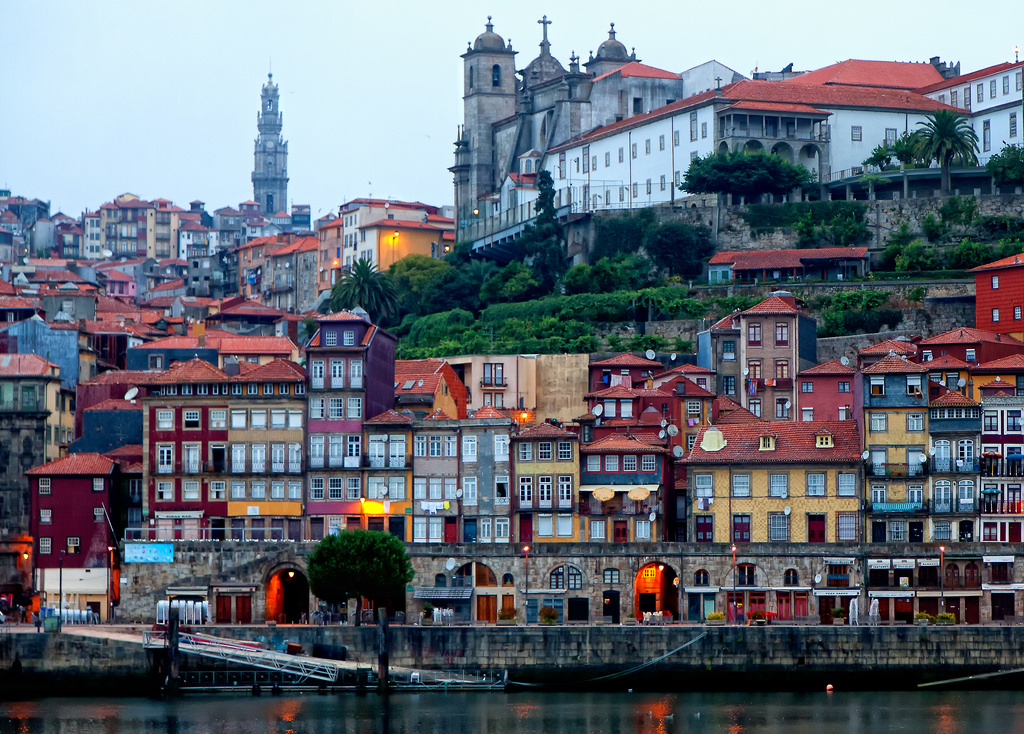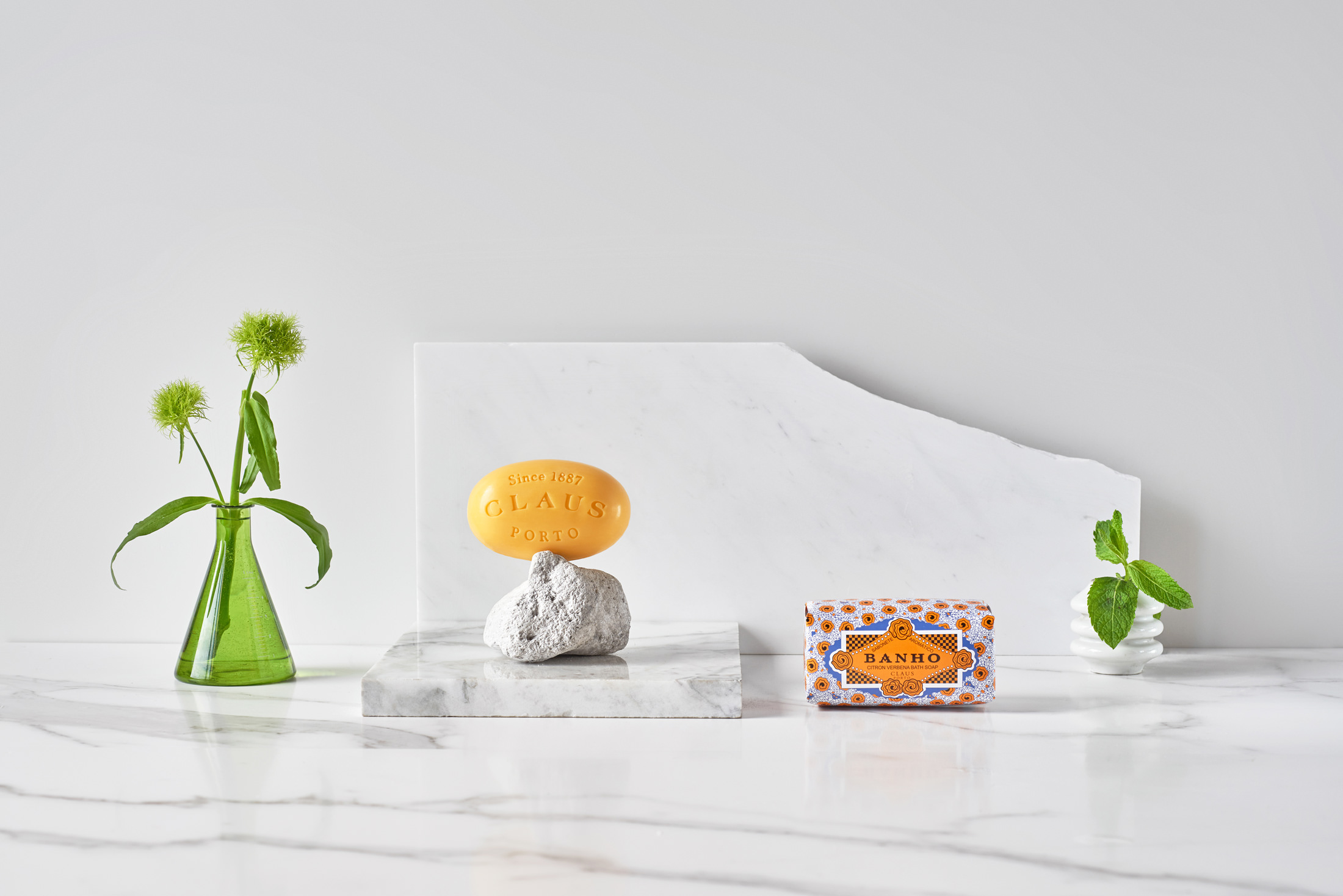-
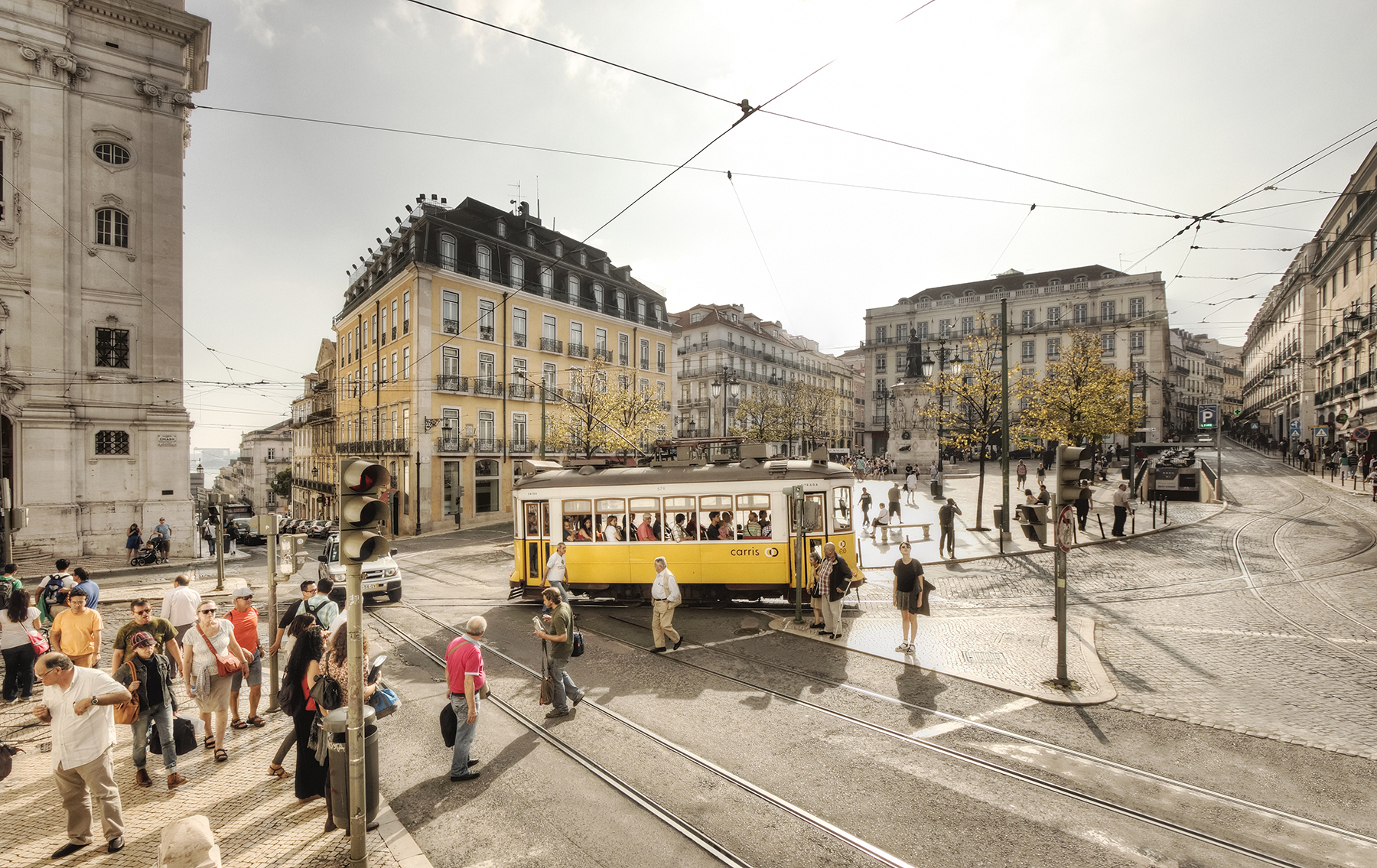
Photo by Gustavo Figueiredo via Tourism Lisboa.
-
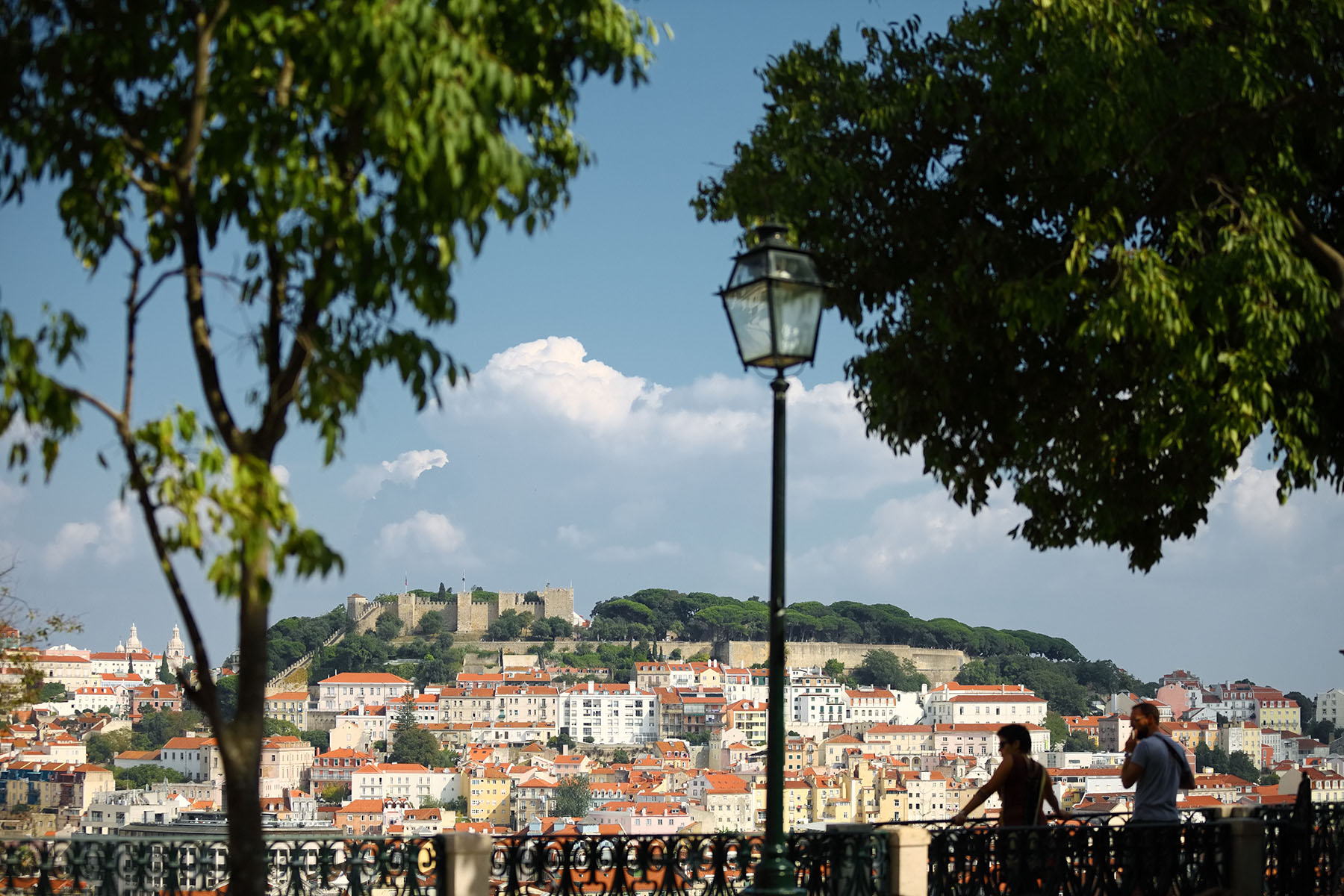
Photo by Gustavo Figueiredo via Tourism Lisboa.
-

Tivoli Avenida Liberdade Lisboa lobby.
-
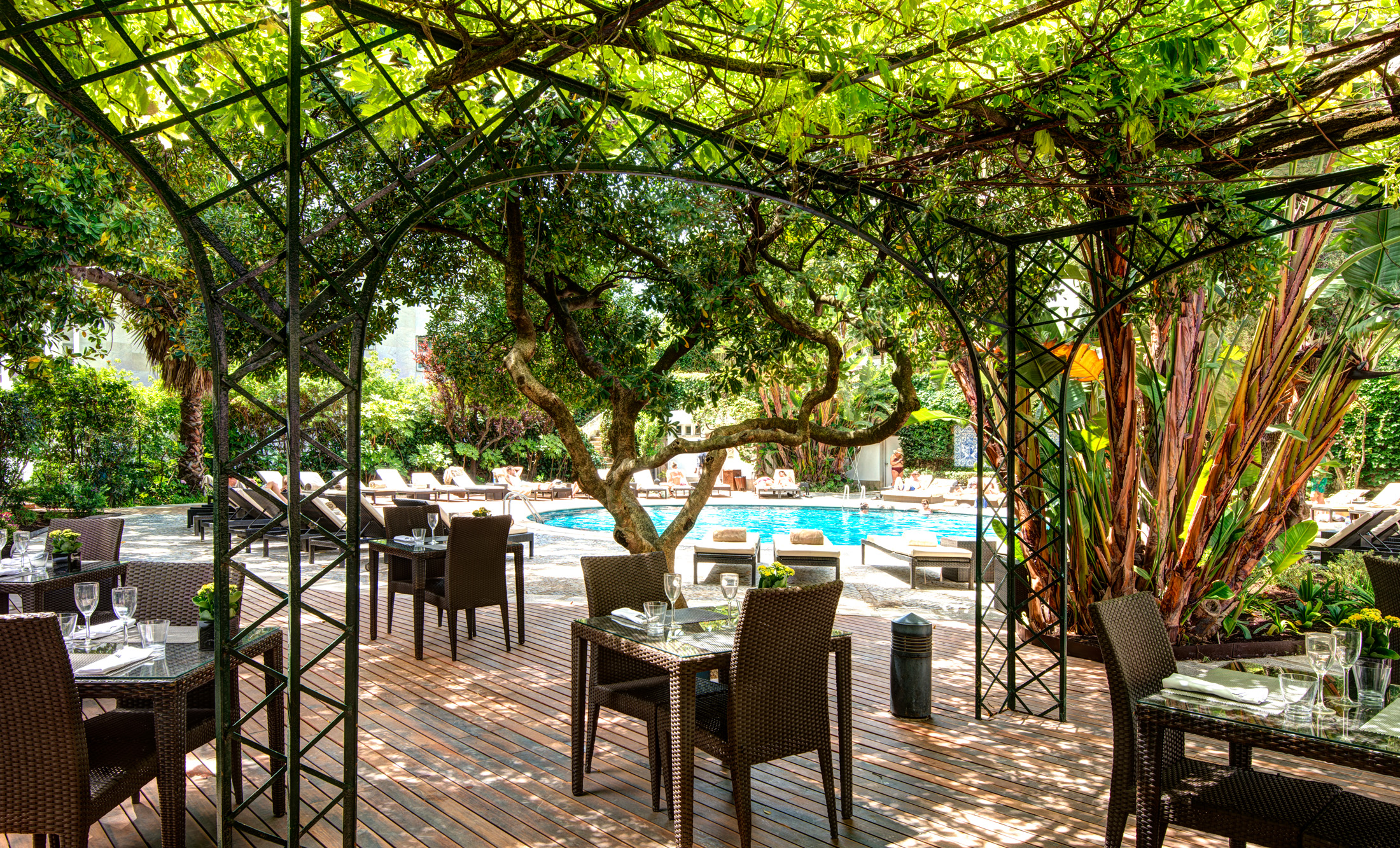
Tivoli Avenida Liberdade Lisboa poolside.
-
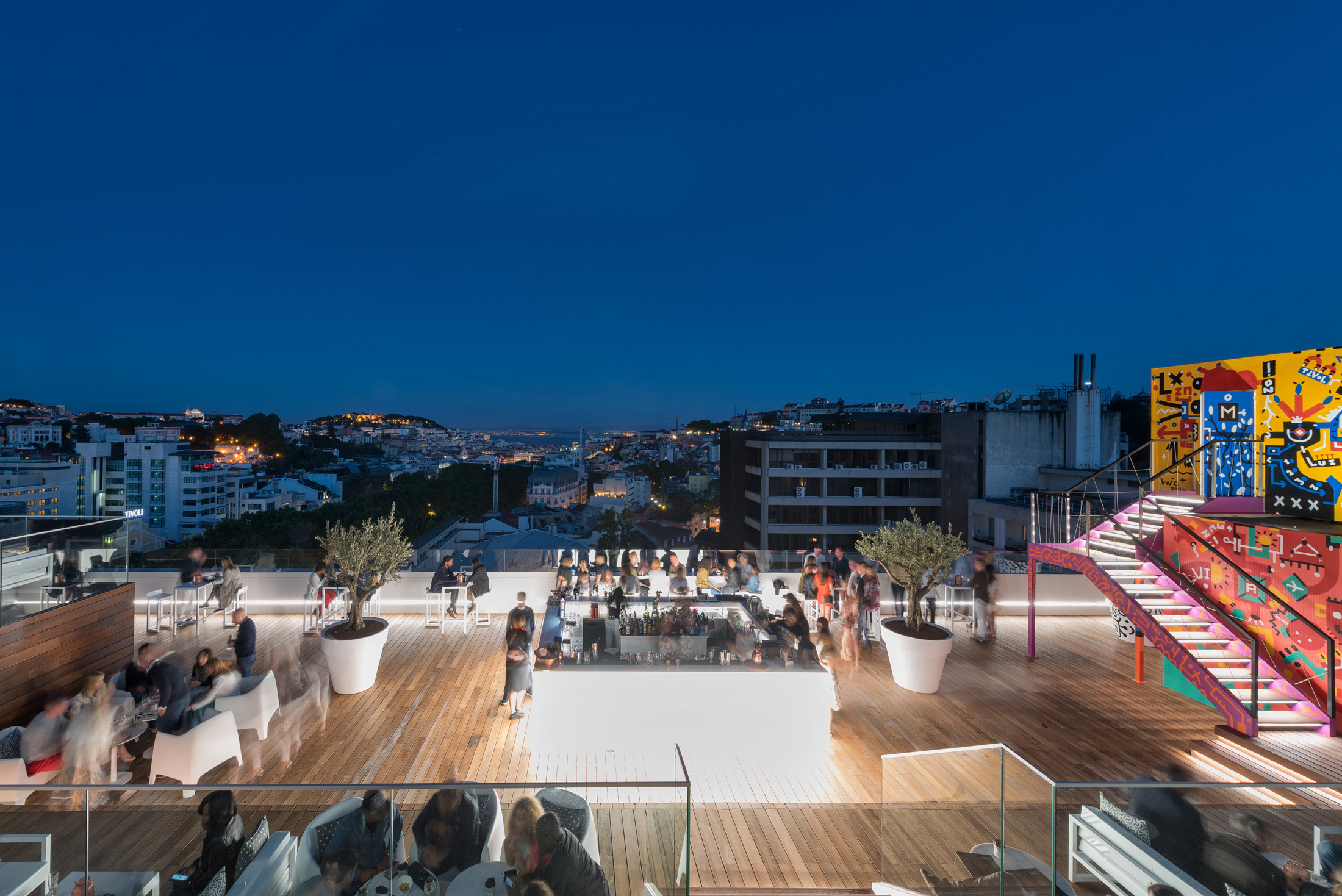
The Sky Bar at Tivoli Avenida Liberdade Lisboa.
-
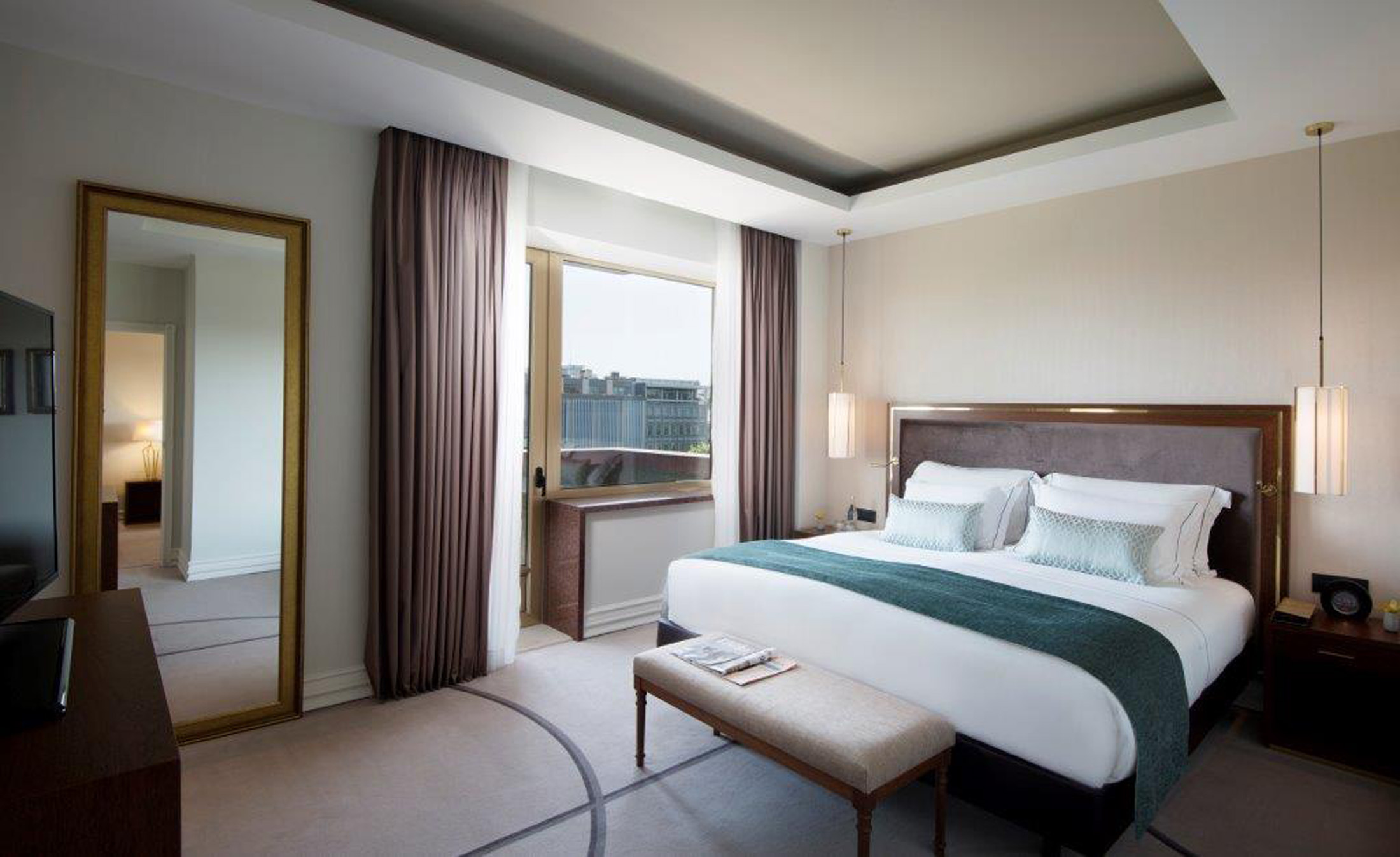
Tivoli Avenida Liberdade Lisboa executive suite.
-

Cervejaria Liberdade.
-
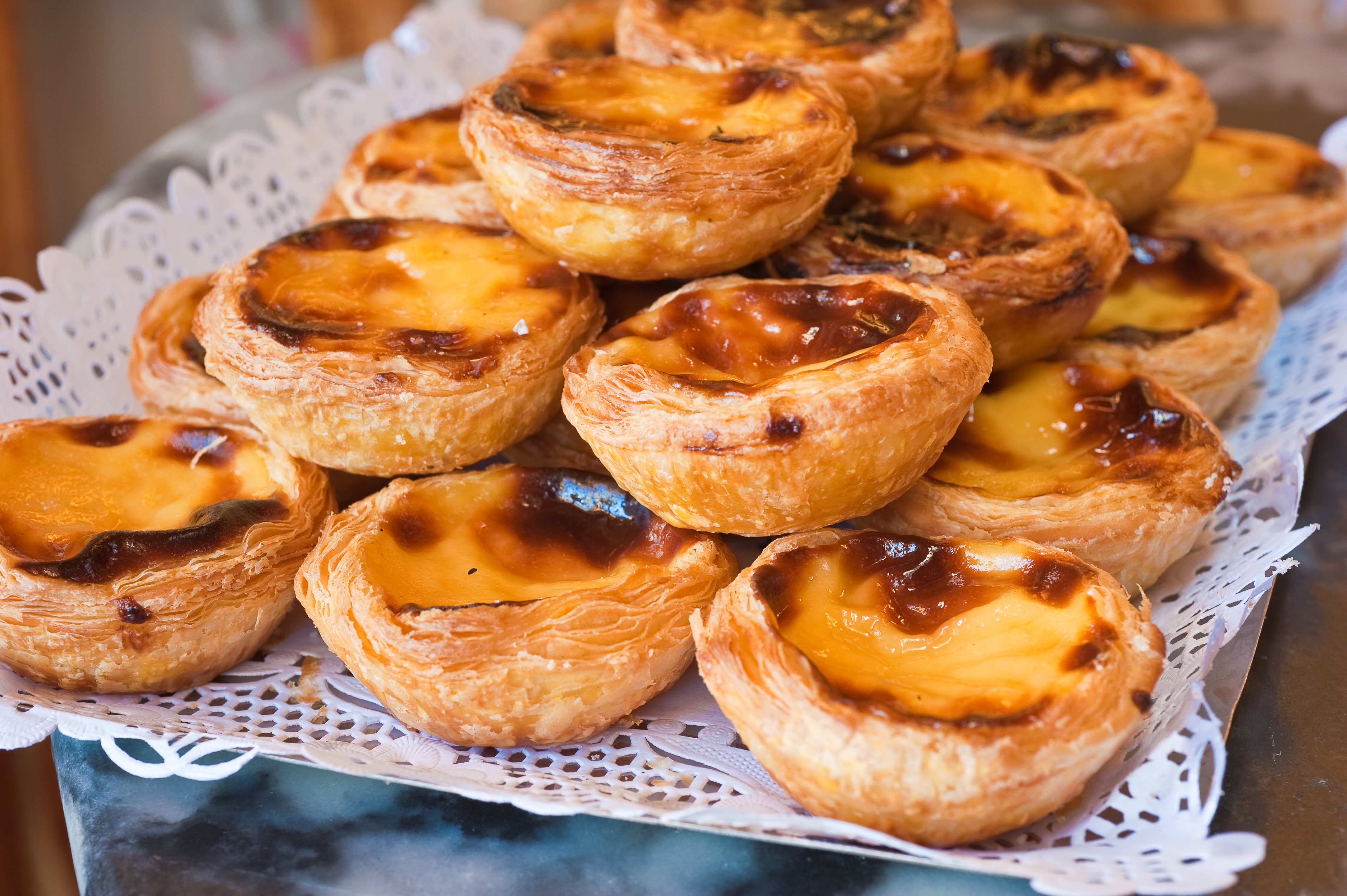
One of Lisbon’s iconic snacks, the pastel de nata.
Photo via Tourism Lisboa.
-
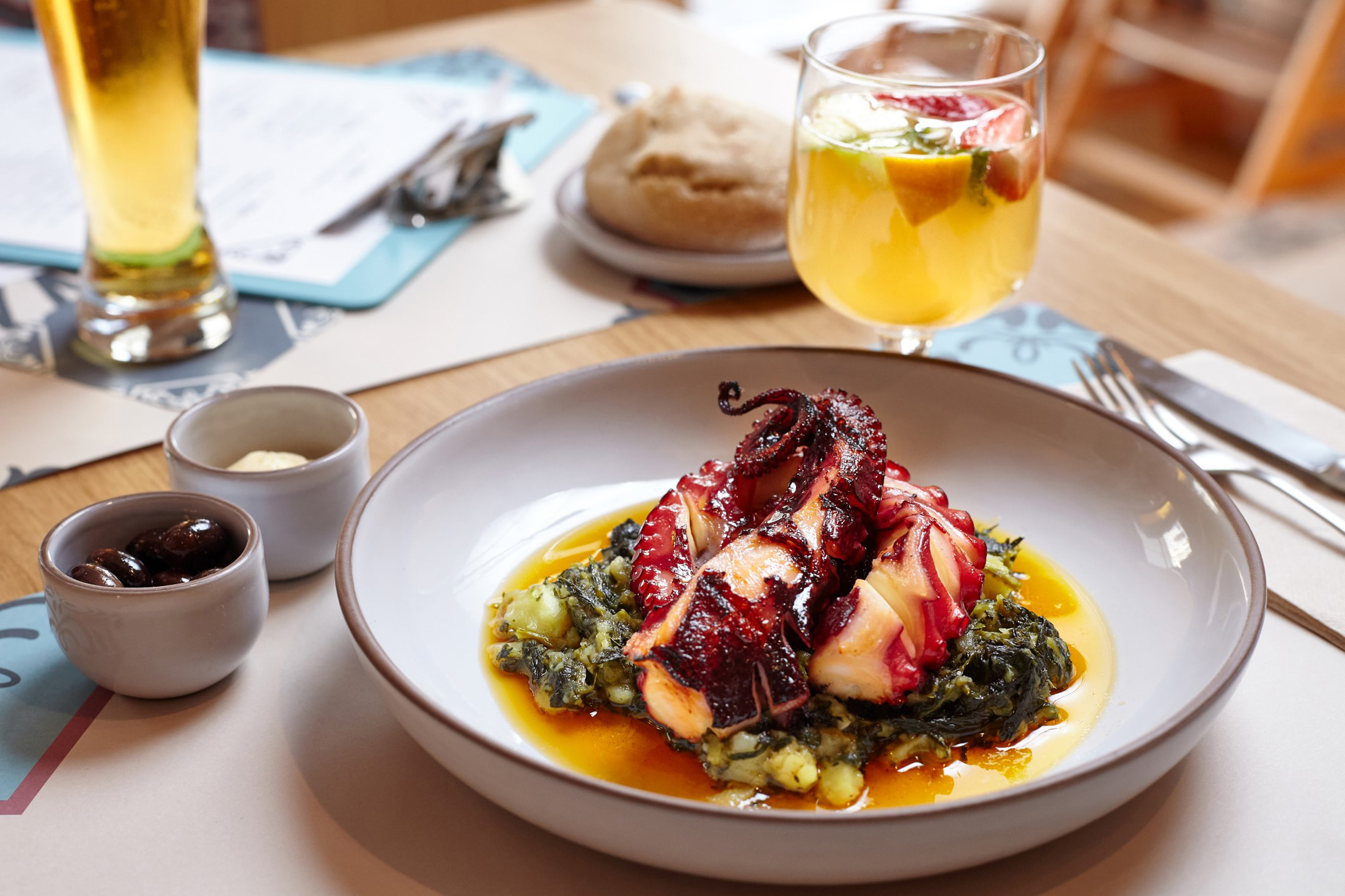
Street-style octopus at José Avillez’s Cantina Ze Avillez.
-
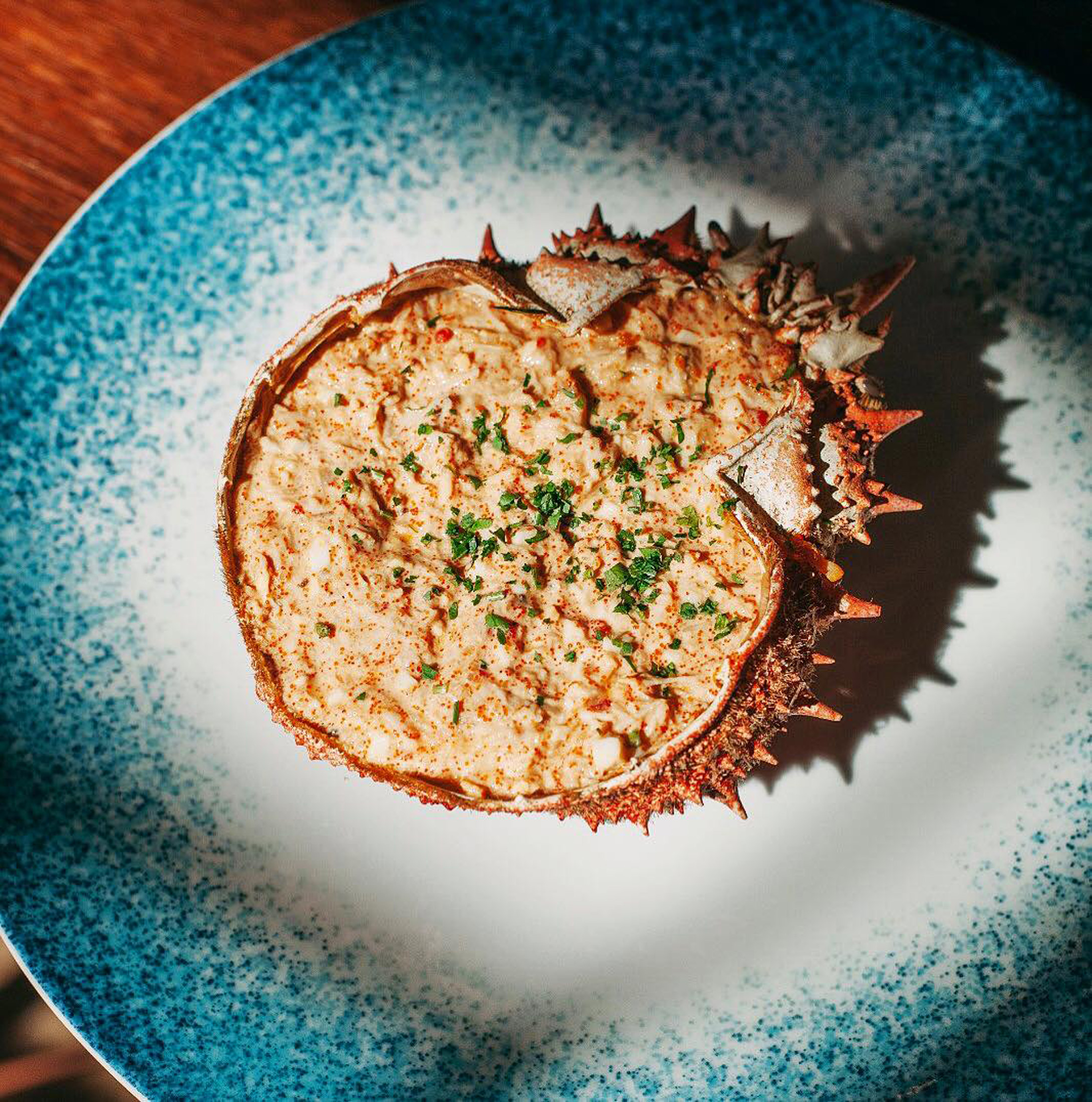
The spider crab shell at Cervejaria Liberdade.
-

Shepard Fairey and Vhils portrait collaboration.
-

Shepard Fairey’s Vietnam War soldier.
-

A Vida Portuguesa.
-
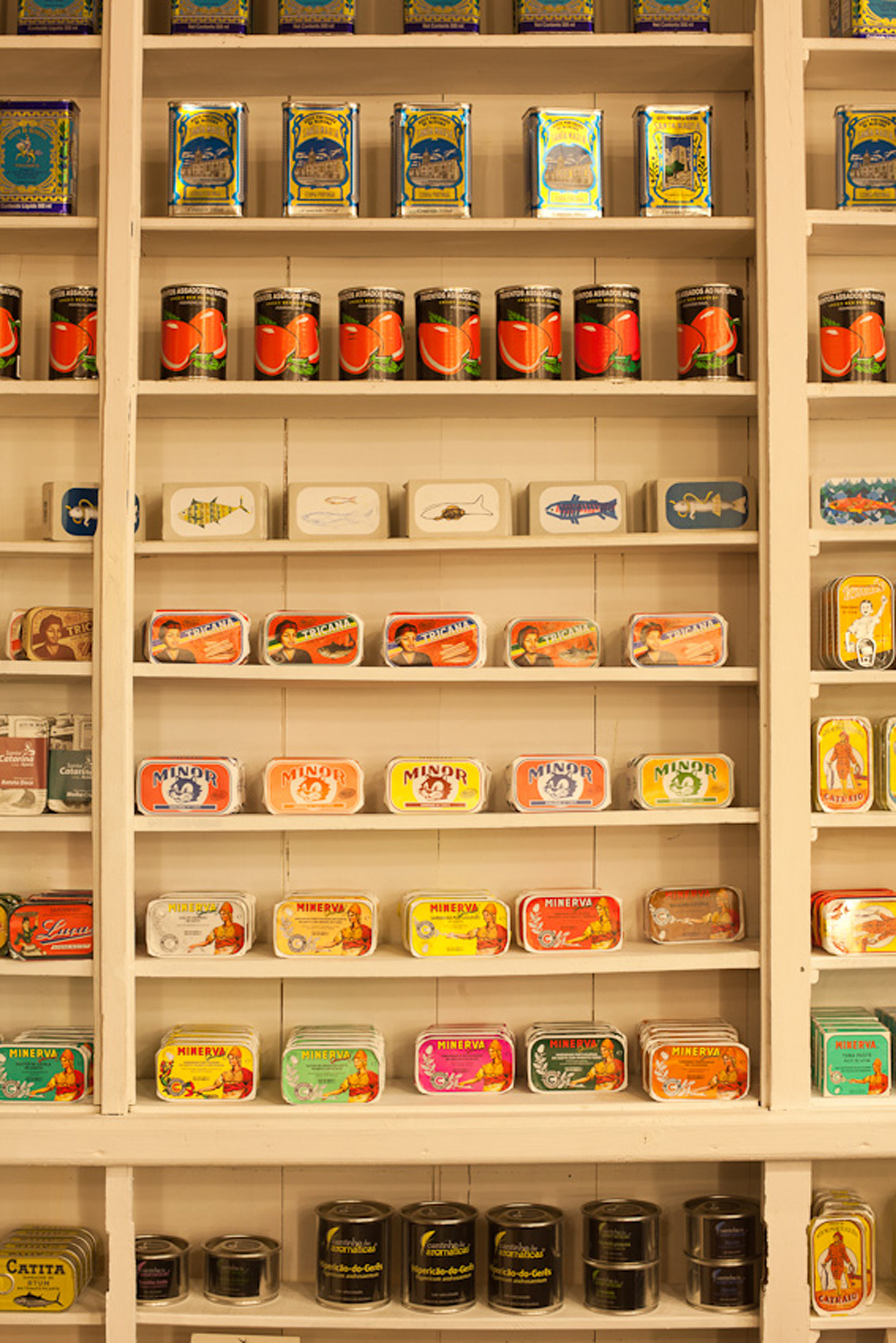
A Vida Portuguesa.
-
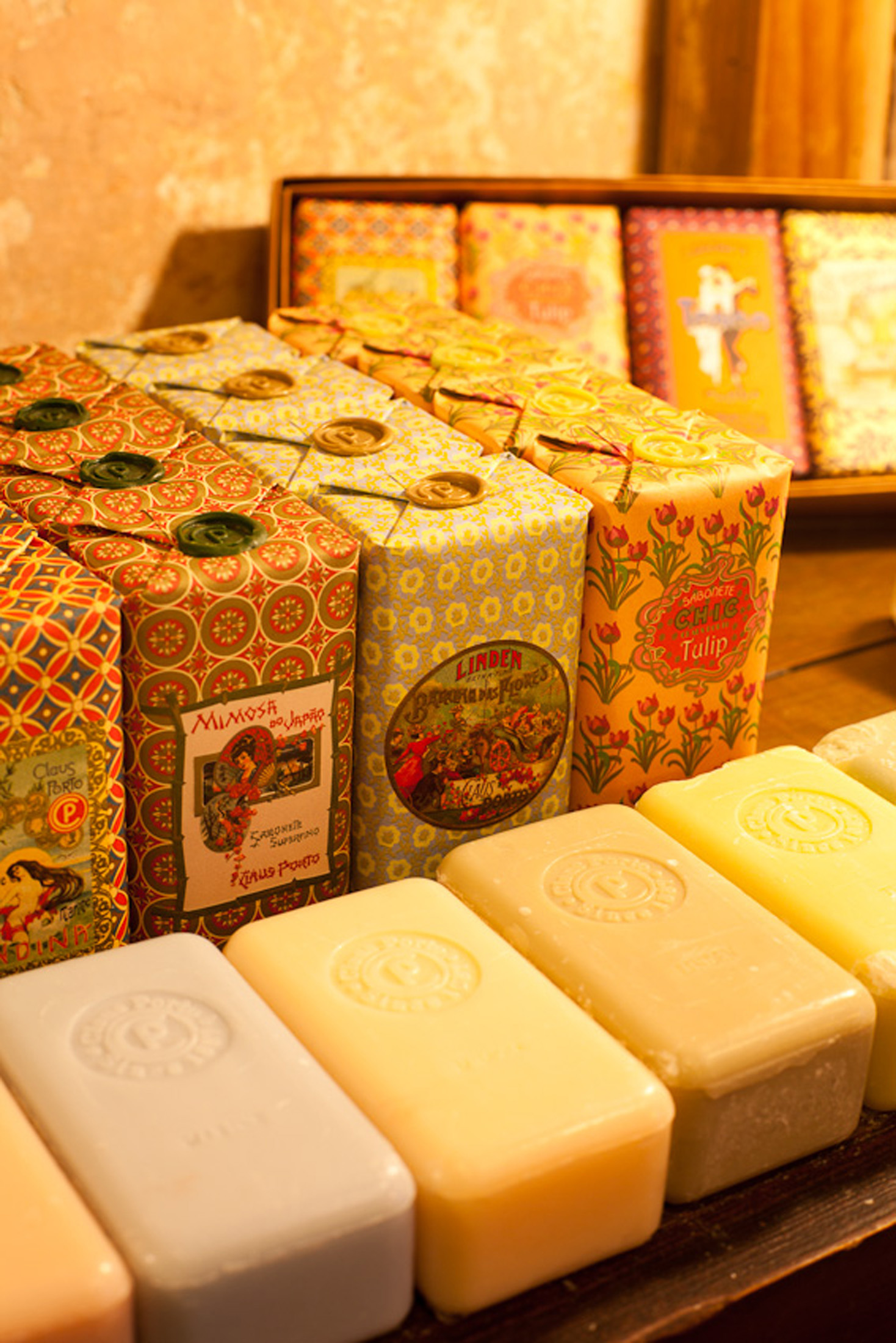
Inside A Vida Portuguesa.
-

Rafael Bordallo Pinheir’s ceramic swallows.
A Guide to Exploring Lisbon
What to do in Portugal's capital city.
The secret is out: Portugal can no longer claim its once-held status as a hidden gem. Even if through second-hand knowledge, everyone now knows the beauty of streets clad in Moorish tiles (azulejos) and gloriously gooey egg tarts. Yet, for all the fanfare, even its capital city of Lisbon feels unspoilt; it remains a place where residential rows without English-captioned menus are just around the corner from tourist-frequented viewpoints (miradouros) minutes from the city centre. The question is not whether to go, but how best to enjoy.
Stay
When statesman Marquis of Pombal ordered construction of the city’s main boulevard after the devastating 1755 earthquake, he envisioned something akin to Paris’ Champs-Élyssés. Avenida da Liberdade doesn’t disappoint—today, the broad thoroughfare leading down to the waterfront is lined with high-end boutiques and stately hotels, and among them, Tivoli Avenida Liberdade Lisboa stands as a testament of Portuguese excellence as the first in the Tivoli’s 85-year-strong hotel portfolio.
Last year, the hotel saw a €15-million ($22.4-million Canadian) refurbishment that gave a regal facelift to its lobby, draping the walls in royal blue curtains and expanding the skylight, and introduced a new underground spa and restaurant Cervejaria Liberdade (more on that later). The guest rooms were also treated to a complete refresh, made more spacious by cutting down from 306 to a total of 286. Request a room with a balcony overlooking the hotel’s namesake avenue, like the Beatriz Costa Suite, named for the Portuguese actress who made the hotel her home for 30 years. The pool tucked in back offers the rarity of a botanical oasis in an urban centre, while the rooftop Sky Bar is its own lofty heaven with an astronomically themed cocktail menu and unobstructed views of the Tagus River framed by the city centre’s undulating roofs. With nearby neighbourhoods well within sight, it makes a fantastic perch for planning the next day’s outing.
Savour
Lisbon has plenty of local delights, all undisputedly must-tries. During the Feast of Saint Anthony in June, the streets fill not only with parade floats and costumed folk celebrating the patron saint of love and lost items, but also with the scent of grilled sardines. Nibble away when fresh in the summer months, but if not in town for the festivities, a beautiful tin of the briny fish is also immensely satisfying, shelves fully stocked at Loja Portugueza down by the port. Another iconic snack is the egg tart, pastel de nata, served at many an eatery. Our suggestion? Manteigaria in the Bairro Alto neighbourhood; takeaway is available, but if there’s time to enjoy the flakey custard pastries at the bar, take them with a sprinkle of powdered sugar or cinnamon and um cafè.
For a contemporary take on traditional favourites, the new venture from Michelin-starred chef and restaurateur José Avillez’s Cantina Ze Avillez has some standouts: classic codfish cakes (pastéis de bacalhau), tender octopus legs, and hearty grilled pork neck topped with bok choy and black beans. Back at Tivoli, the high-ceilinged Cervejaria Liberdade beckons to passersby through its floor-to-ceiling windows sumptuous seafood options—succulent mussels and lobster thermidor are sure to tempt the palette—but first, begin with the decadently creamy spider crab, served in-shell.
Street Art
While azulejos have tiled the city since the 15th century, a more contemporary artform has also come to vivify Lisbon’s dwellings, found across façades of abandoned buildings, climbing up the sides of apartments, and waiting at dead ends. Murals burst onto the scene following the 1974 democratic Carnation Revolution, and in 2008, the Urban Art Gallery campaign was created by Lisbon’s City Council and Department of Cultural Heritage to preserve public art and garner public respect, with still more organizations forming in the passing years to highlight the cause. Stroll long enough and you’ll surely stumble across a mural or two, but for a comprehensive guide, join Tivoli on a T/Experience street art tour.
Among the artists on display is Shepard Fairey (the American graphic artist known for his Hope campaign poster for Barack Obama and streetwear brand, Obey) has a few works in Lisbon, including a towering Vietnam War soldier, flower in gun barrel in a fortuitous nod to the Carnation Revolution. In a collaboration with Vhils, a Portuguese artist who drills and chisels away at the layers of concrete to create his portraits in the sides of buildings, the pair’s creation is a stunning mix of paint and exposed elements. Indeed, the street art goes beyond walls: keep your eyes peeled for Bordalo II’s Trash Animals, cacophonic creatures of plastic and wood waste and splashed in vibrant hues.
Souvenirs
Monikered keychains and coffee mugs are one way to commemorate a vacation, but the wares found in the shops of the stylish Chiado district truly celebrate the destination. You’re in good hands at the blink-and-you’ll-miss-it glove boutique, Luvaria Ulisses. The sliver of a shop is flanked by neoclassical stone columns dating back to the establishment’s 1925 inception; at the counter, select the silhouette to your taste, and rest your elbow upon the velvet pillow as shopkeepers fit the elegant leather to your fingers. Not a 10-minute walk west, find Cork & Co. dedicated to Portugal’s key export, cork (the country is responsible for just over half of the globe’s cork production, the tree a legally protected species). The crisp white shop is as browsable as an art gallery, from naturally waterproof wallets and marbled coasters to inventive home designs of twirling light fixtures and bulbous stools.
For a less specific shopping experience, A Vida Portuguesa (with four shops in Lisbon and another in Porto) presents all sorts of Portuguese-made goods, from postcards to pottery, stationery to hand soaps. Founder Catarina Portas’ ethos of supporting historical, homegrown brands led to the curation of an inventory that reveals an overarching culture. As well as the items from family-run companies are offerings from ’s own brand. The ceramic swallow is one such keepsake, crafted in the original moulding from 19th-century ceramist Rafael Bordallo Pinheir. Frozen mid-flutter, the bird has become a popular wall-hanging in Portuguese homes, making it the perfect memento to take back to your own.
_______
Never miss a story. Sign up for NUVO’s weekly newsletter, here.

